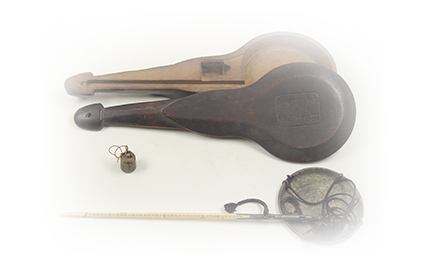|
Since the dawn of human civilization, there have been measurements. People needed to measure length, volume or weight for business activities, such as making clothes, mapping farmlands and merchandising goods, to name a few. As a result, various measuring tools and techniques have appeared and developed. When the industries and commerce came into being in human society, it was necessary to establish a united measuring standard, and hence the metrology system and related standard measuring equipment consequently resulted. One of the focuses of this type of collections in the National Science and Technology Museum (NSTM) is the metrological cultural relics. They include the only duplicate of a prototype meter and prototype kilogram in Taiwan and many inspection instruments and calibrators used to verify metrological standards, such as equal-armed scales of different types, measuring tape and gauge for verification, and the counterweights of the metric system (Japanese system and British system). The metrological relics which had been used in our society are another focus of the collection, such as steelyard, counter scale, spring hanging scale, bamboo rule and fabric measuring tape. Those metrological cultural relics collected by the NSTM are evidence of the development of civilization and evolution of metrology in Taiwan. They are worth collecting and preserving for their significant cultural value. |
 Digital Value-Added Website of Technological Artifacts, NSTM Collections (Home)
Digital Value-Added Website of Technological Artifacts, NSTM Collections (Home)


